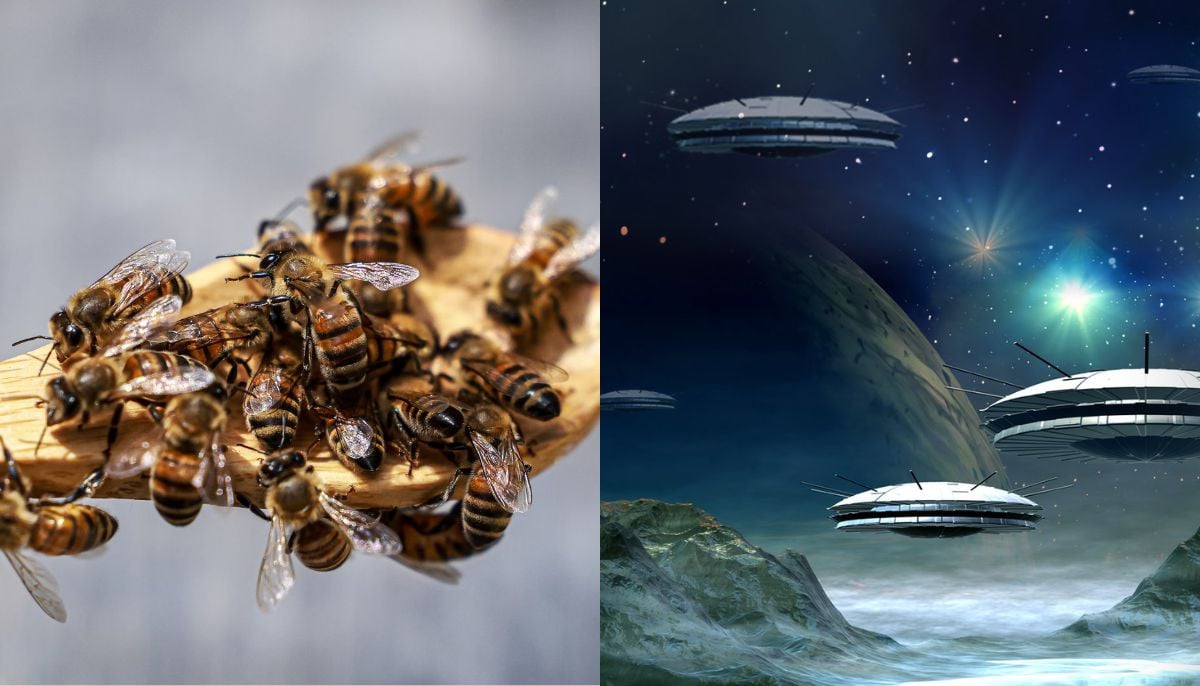BALTIMORE: In an experiment conducted recently, scientists have claimed that they can introduce human cells inside a non-human organism and help it grow and survive there. This particular experiment was conducted inside a pig.
Many people around the world die due to lack of organ donations. Hence, to get rid of support for organ donations, scientists have been on the hunt for a solution which helps them to evolve and grow human cells inside a non-human organism, such as animals and help it survive there. To out it simply, now scientists have found a way to grow a custom organ inside an animal.
Chimera, an organism which contains cells from two different species, was created by an international team of researchers led by the Salk Institute. According to the National Geographic, "There are two ways to make a chimera. The first is to introduce the organs of one animal into another—a risky proposition, because the host’s immune system may cause the organ to be rejected. The other method is to begin at the embryonic level, introducing one animal’s cells into the embryo of another and letting them grow together into a hybrid."
Hence, the method that was adopted was to introduce human cells inside a pig, owing to the animal's organs' similarity with that of humans. The team came to know that in order to inject human cells inside the pigs without killing them, it was necessary to get the timing right.
"We tried three different types of human cells, essentially representing three different times," said Salk Institute Sciences. A process of trial and error later revealed that the naïve pluripotent cells—stem cells with unlimited potential, were not able to survive inside the pig's embryo. The other cells were able to.
"When those just-right human cells were injected into the pig embryos, the embryos survived. Then they were put into adult pigs, which carried the embryos for between three and four weeks before they were removed and analyzed," read a post on the website of National Geographic.
This method is only a start as much needs to be done. For one, scientists have to figure out the problem of how to increase the number of human cells inside the pig embryo which it can tolerate. The technique could be put to use much sooner as a way to study human embryo development and understand disease.
However, scientists have hailed the experiment as a breakthrough, which can help to serve as an example for more learning related to human embryo development.
-
ISS crew of four completes medical evacuation with safe splashdown off California
-
Annular solar eclipse 2026: Here's everything to know about the ‘ring of fire’
-
World’s first ice archive created to preserve fast-melting glaciers’ secrets
-
NASA, DOE to develop Nuclear Reactor on the Moon by 2030
-
Aurora alert: Northern lights visible tonight at high latitudes
-
Honeybees could help humans communicate with aliens, scientists say
-
Comet 3I/ATLAS: Evidence suggests that interstellar visitor is older than the sun
-
Scientists discovered never-before-seen creature in Great Salt Lake











